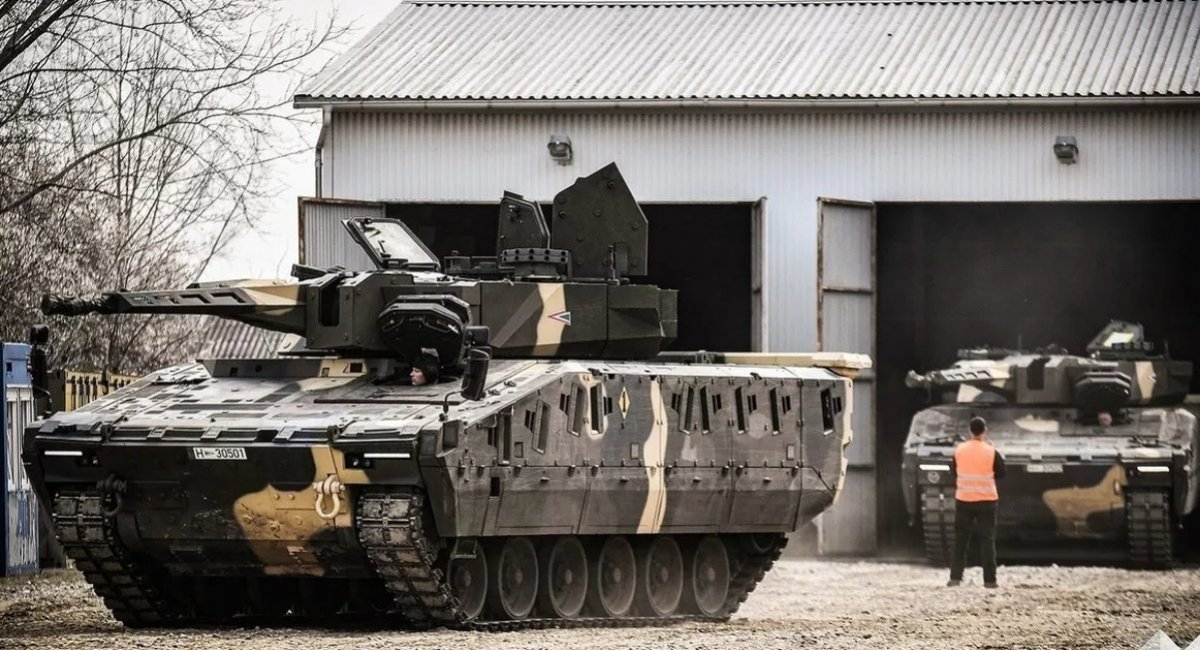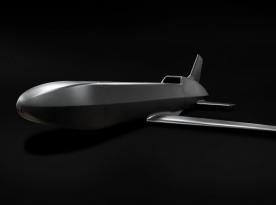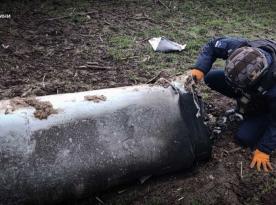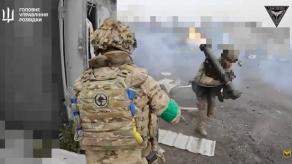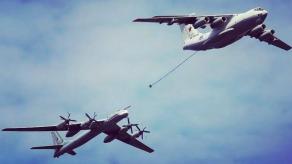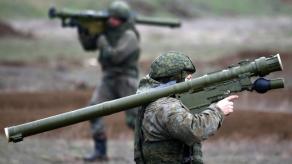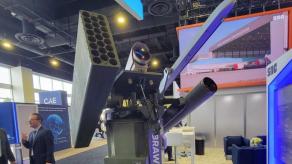Rheinmetall has delivered the first batch of KF41 Lynx infantry fighting vehicles (IFVs) to the Armed Forces of Ukraine for field testing, as reported by Hartpunkt citing FAZ. The batch size remains unclear, with reports suggesting either one or ten vehicles.
What is certain, however, is that the field tests will help determine whether Rheinmetall will secure its first mass production contract on these IFVs for the Ukrainian Army at its newly established plant in Ukraine, Hartpunkt reports referencing FAZ newspaper. This calls for a brief revision of Lynx KF41's technical characteristics, production capacity, and related projects.
Read more: Media Reports Ukraine Receives 10 KF41 Lynx IFVs from Rheinmetall, Not Just One, Why It's Important
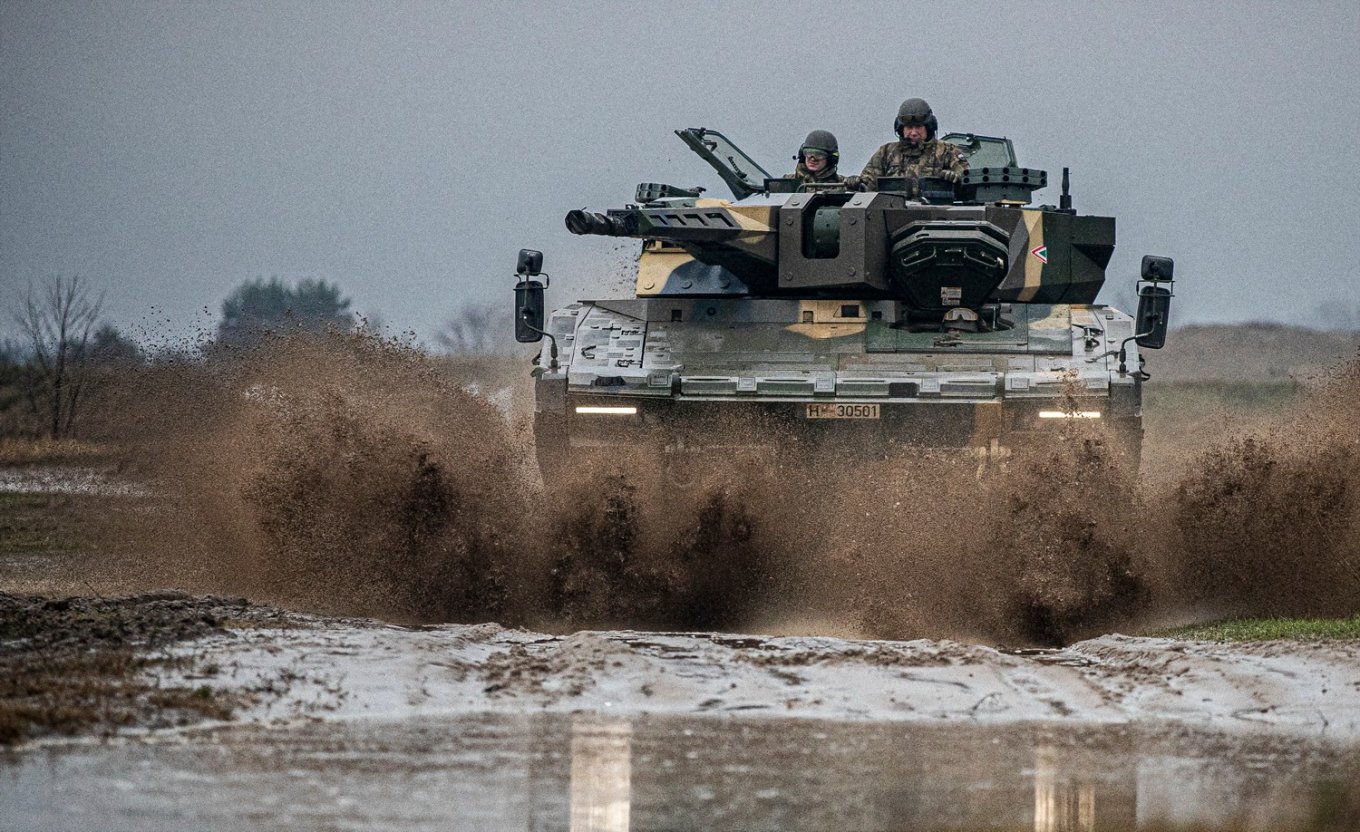
The KF41 Lynx has a combat weight of 44 tons and is powered by a Liebherr D9612 engine with 1,463 horsepower, achieving a top road speed of 70 km/h. The vehicle's crew includes three personnel, with space for eight passengers. Its armament features a 35-mm automatic cannon, a coaxial 7.62-mm machine gun, and an optional Spike ATGM launcher of Israeli production.
Hungary is currently the only operator of the Lynx KF41, with at least eight units in service as of early 2024, according to The Military Balance 2024 study by IISS. Production for Hungary is carried out at Rheinmetall's facility in Zalaegerszeg.
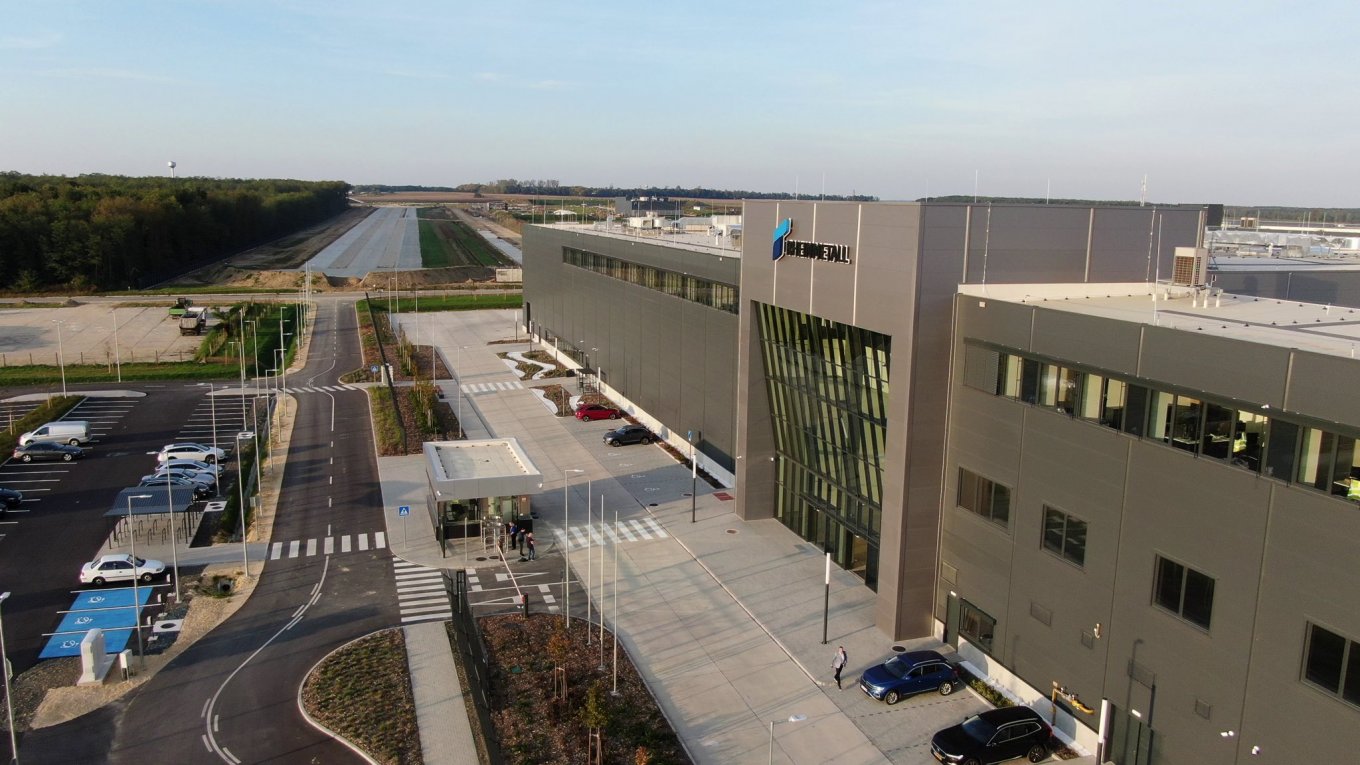
On the other hand, the company’s CEO, Armin Papperger, has indicated that serial production in Ukraine could commence by summer 2025, with an estimated production cycle of 12 months. Polish website Defence24 earlier estimated that the cost of producing one Lynx KF41 in Ukraine may be approximately €10 million.
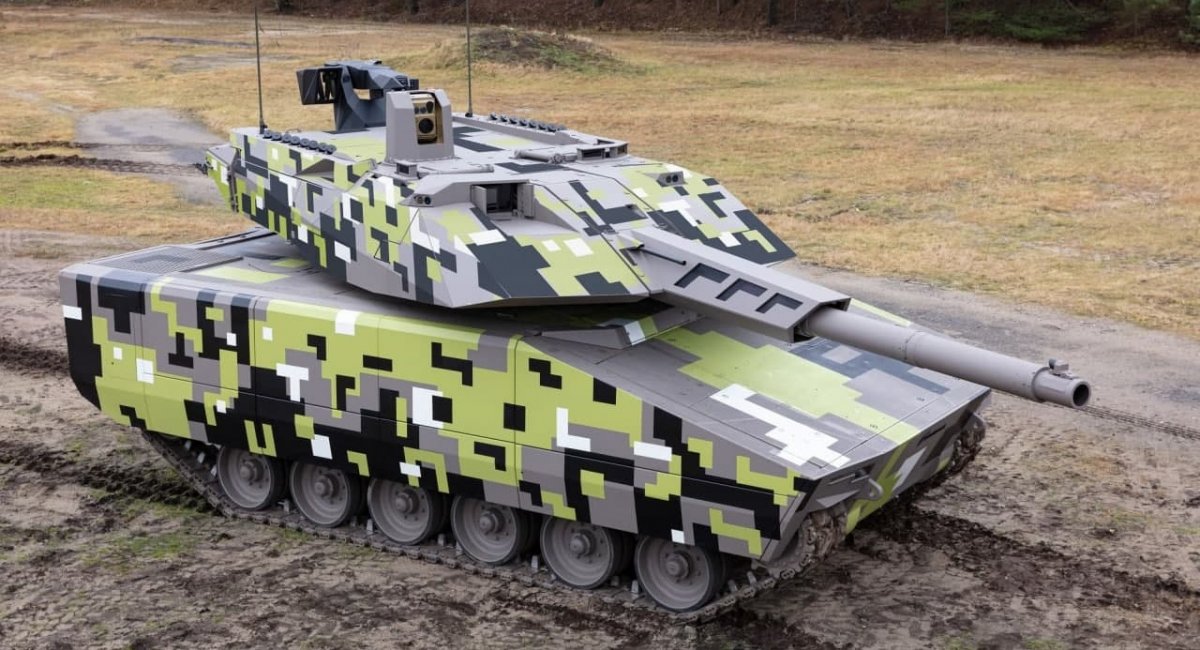
The KF41 Lynx has inspired two derivative projects. The first, the Lynx 120, merges the vehicle with the Leopard 2 main battle tank, featuring a 120-mm gun. While presented in February 2022, the project has not progressed significantly and is stalled at the concept development stage.
The second is a self-propelled anti-aircraft system equipped with the Skyranger 30 turret. The design was revealed to the public in mid-2024, at the time Hungary, as an existing operator of the KF41, was considered a likely customer for this anti-aircraft variant.
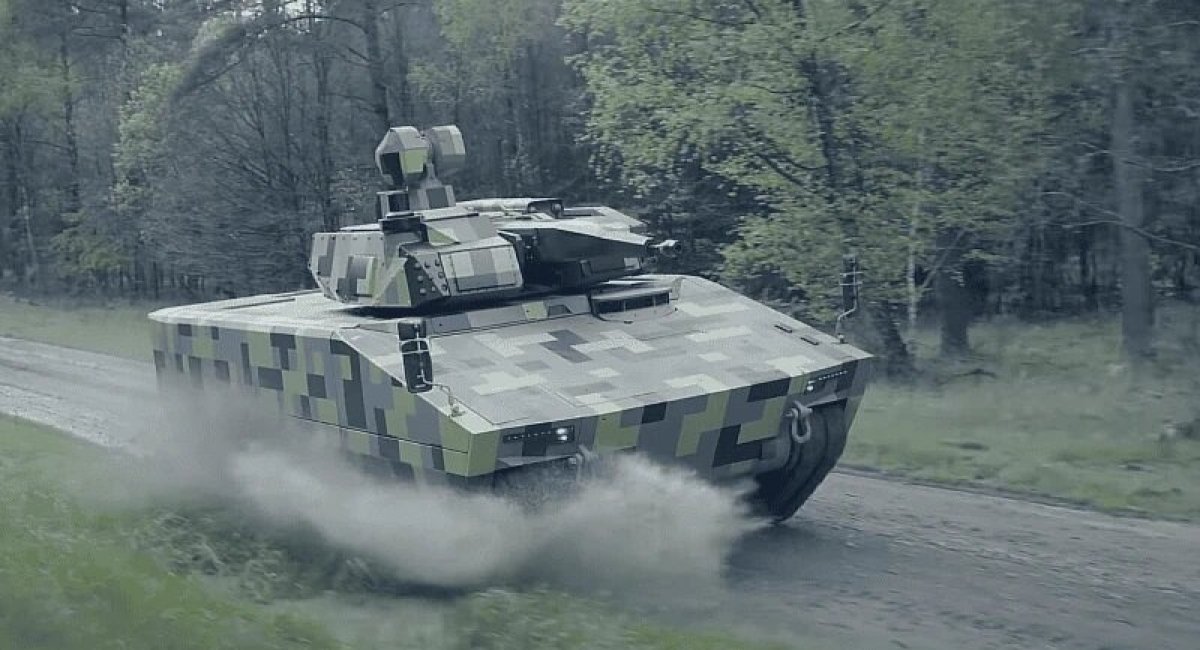
Read more: Ukrainian Forces Capture Modern russian T-90S Tank in a Strategic Operation (Video)



